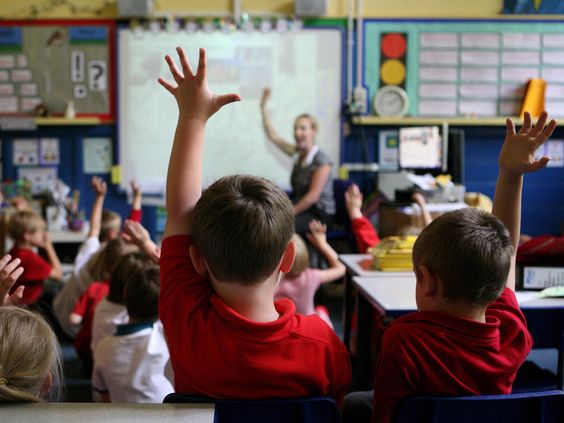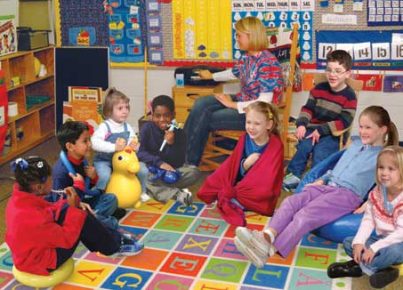Physical Education (PE) plays a crucial role in the holistic development of a child, fostering physical, mental, and emotional well-being. However, pupils with social, emotional, and behavioural difficulties (SEBD) often face unique challenges in participating in PE classes. Consequently, it is vital for schools and educators to find ways to make PE accessible and enjoyable for all students.
Understanding SEBD
Children with SEBD may experience a wide range of challenges. These can include difficulty forming relationships with peers and adults; temper tantrums; impulsiveness; difficulties paying attention and following instructions; withdrawn behaviour; anxiety; or depression. Social, emotional and behavioural difficulties can be direct consequences of underlying conditions such as Attention Deficit Hyperactivity Disorder (ADHD), Oppositional Defiant Disorder (ODD), or Autism Spectrum Disorder (ASD).
Strategies to make PE accessible for SEBD pupils
1. Build positive relationships: One of the most important steps in helping students with SEBD feel comfortable in PE class is establishing strong relationships between the educators, students, and their peers. This means fostering an environment where trust, clear communication, and understanding are key components.
2. Adapt activities: Tailor the activities according to the needs of individual students by modifying games or exercises to suit their abilities. Breaking activities down into smaller steps can also aid in understanding and engagement levels.
3. Create an inclusive environment: Encourage teamwork and collaboration rather than focusing on individual successes. This promotes understanding among peers about differences in ability levels.
4. Emphasise predictable routines: Structure makes students feel more secure when engaged in learning environments that could otherwise feel chaotic for a child with social, emotional or behavioural challenges.
5. Offer choices: Allow pupils to choose between different options or elements of a task where possible. Providing a sense of control over their own learning increases motivation and engagement.
6. Use visuals: Reinforce spoken instructions with visual explanations like diagrams, written instructions or videos. This may provide alternate ways for students to understand concepts.
7. Apply reinforcement strategies: Positive reinforcement and encouragement can motivate students to participate more actively in PE classes. Creating measurable goals for individual pupils can help them recognise their progress over time.
8. Focus on social skills: Develop activities that promote communication, cooperation, and problem-solving. These not only improve the student’s ability to interact with others but also foster an environment of collaboration and understanding among classmates.
9. Staff training: Equipping PE teachers with the necessary skills and knowledge to accommodate pupils with SEBD is vital for creating a truly inclusive environment.
Conclusion
By addressing the unique challenges faced by pupils with social, emotional, and behavioural difficulties, schools can ensure that all students benefit from quality Physical Education classes. By implementing inclusive practices such as relationship-building, adapting activities, predictable routines, and personalised goal-setting, educators can make PE accessible and enjoyable for all students, ultimately creating empowering learning experiences for everyone involved.





